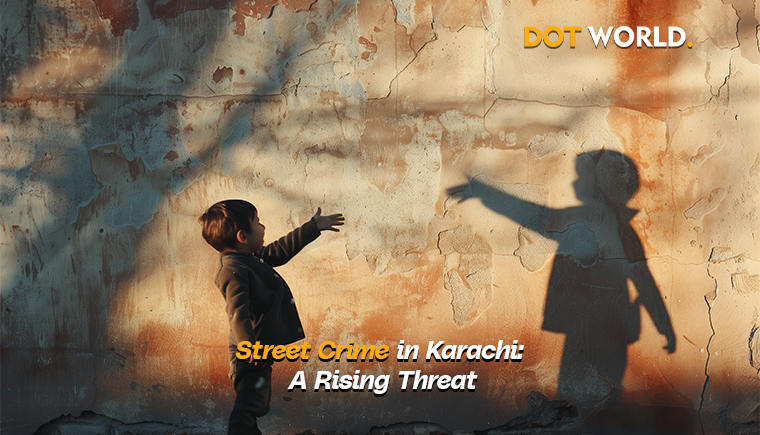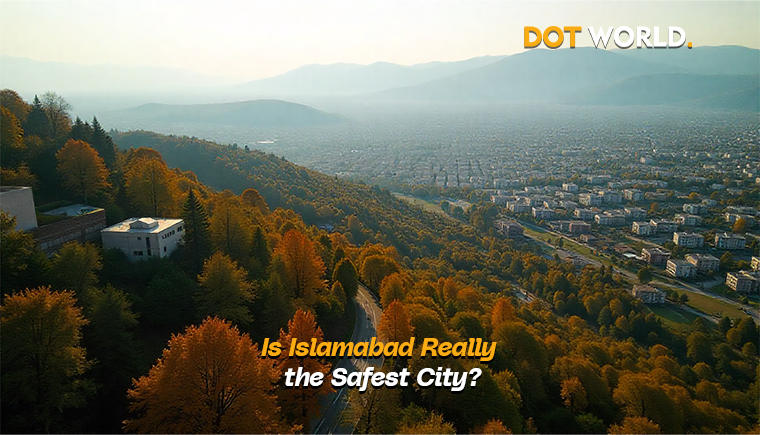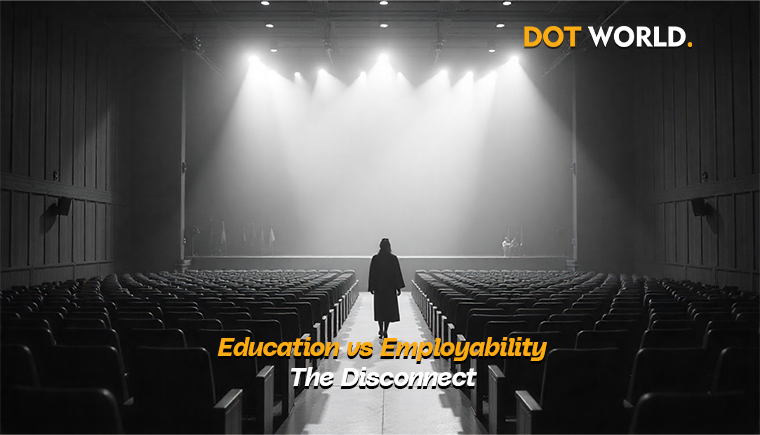Karachi, once known as the “City of Lights,” is now increasingly being associated with fear, insecurity, and survival. As the economic hub of Pakistan, Karachi is home to over 20 million people. But beneath the fast-paced hustle lies a dangerous undercurrent — the alarming surge of street crime in Karachi.
From mobile snatching to car theft, and from targeted killings to daylight robberies, Karachi’s streets are turning into war zones for ordinary citizens. What’s causing this spike in crime? Is it poverty, police inefficiency, lack of governance, or a deeper systemic failure in law and order?
This blog takes a deep dive into the current state of urban safety in Karachi, the evolving nature of crimes, and why police reforms are no longer optional but essential.
🏙️ Karachi: A City Under Siege
In recent years, street crime in Karachi has gone from being an occasional headline to a daily nightmare. Snatching incidents, robberies at gunpoint, and thefts during traffic jams have become routine. For citizens, there’s no such thing as a “safe time” or a “safe place” anymore.
Whether you’re walking to the mosque or waiting outside a school to pick up your child, you’re always at risk.
According to reports, in just the first half of 2025:
- Over 35,000 phones have been snatched
- More than 15,000 motorcycles were stolen
- Nearly 200 people have been shot dead resisting robberies
These aren’t just numbers. They represent shattered lives, lost livelihoods, and a city gripped by fear.
For a deeper look into Karachi’s transformation over the years, watch the Real Story of Karachi — an eye-opening video that uncovers the social and political complexities of the metropolis.
⚠️ What Fuels Street Crime in Karachi?
To truly tackle the issue, we must understand its roots. Here are some key contributors:
1. Unemployment and Economic Inequality
Karachi is full of contrasts—luxury malls and slums often share the same postal code. The growing gap between rich and poor fuels resentment and desperation, driving many toward criminal activity.
2. Weak Law Enforcement
Many believe that the law and order situation is out of the control of authorities. Police are often under-equipped, under-trained, and at times, under-motivated.
3. Lack of Accountability
Even when criminals are caught, a weak judicial system and political interference often result in them being released without consequences. This emboldens others.
4. Urban Chaos
With unregulated construction, broken streetlights, and a lack of surveillance cameras, many parts of Karachi are crime-friendly by design. Basic urban safety principles are often ignored.
👮 Karachi’s Law Enforcement: Flawed but Fixable
The police are the frontline defense against street crime in Karachi—but are they equipped for it?
Many officers still lack:
- Access to modern crime-mapping software
- Functional patrolling vehicles
- Quick-response tools and trained personnel
- Adequate salaries to reduce corruption temptation
Moreover, there is often political interference in policing appointments, meaning competence isn’t always rewarded.
This is why meaningful police reforms are critical. Without changing how the police operate—both in structure and in culture—no long-term improvement can be expected in Karachi’s law and order.
🔐 Urban Safety: What’s Missing?
Urban safety isn’t just about police—it’s about designing cities that discourage crime.
Here’s what Karachi needs:
✅ More functional streetlights in residential and commercial zones
✅ CCTV surveillance connected to a central command center
✅ Gated communities are not the solution—city-wide safety is
✅ Community policing programs to encourage public trust
✅ Emergency response units for quick action
Other cities like Lahore and Islamabad have made progress on urban safety models. Karachi can learn and adapt quickly—if there’s political will.
🧠 The Psychological Impact of Living in Fear
Constant exposure to crime and insecurity can lead to widespread trauma and mental health issues. Karachiites often report symptoms of:
- Anxiety and panic attacks
- Sleep disorders
- Social withdrawal
- Depression
Children growing up in such an environment are at risk of becoming desensitized to violence or, worse, being recruited into criminal circles.
💬 Voices from the Ground
“I’ve been robbed three times in six months. One time I was holding my son when it happened.” – Zainab, a resident of Gulshan
“We don’t trust the police. They don’t even show up on time.” – Jibran, from Nazimabad
“Installing cameras helped, but we need patrolling. Criminals know which areas are ignored.” – Security officer, North Karachi
These aren’t isolated voices—they represent the average citizen’s experience with street crime in Karachi.
🔄 What Can Be Done?
Improving law and order in Karachi is not impossible. It requires a multi-layered approach:
1. Police Reforms
- Merit-based hiring and promotions
- Body cams and accountability measures
- Better pay, training, and equipment
2. Public Awareness
- Use of social media to report crimes
- Safety apps for real-time alerts
- Neighborhood watch programs
3. Government Commitment
- Transparent crime stats and tracking
- Real allocation of budget to urban safety
- Collaboration with NGOs working on legal aid and rehabilitation
4. Technology-Driven Solutions
- Smart traffic cameras
- License plate recognition
- Geo-mapping of crime hotspots
🔗 Relevant Resources
If you want to understand the urban decay and resilience of Karachi better, check out this insightful video:
🎥 Real Story of Karachi
Also browse more on MyDotWorld’s video section for real, unfiltered stories.
🧩 Final Thoughts
The rise in street crime in Karachi is not just a Karachi problem. It’s a reflection of national governance, urban decay, economic frustration, and institutional failure. However, with public pressure, policy change, and consistent implementation of police reforms, Karachi can return to being a city where people walk freely, children play outside, and citizens live without fear.
Until then, Karachiites will continue to live between survival and hope.





